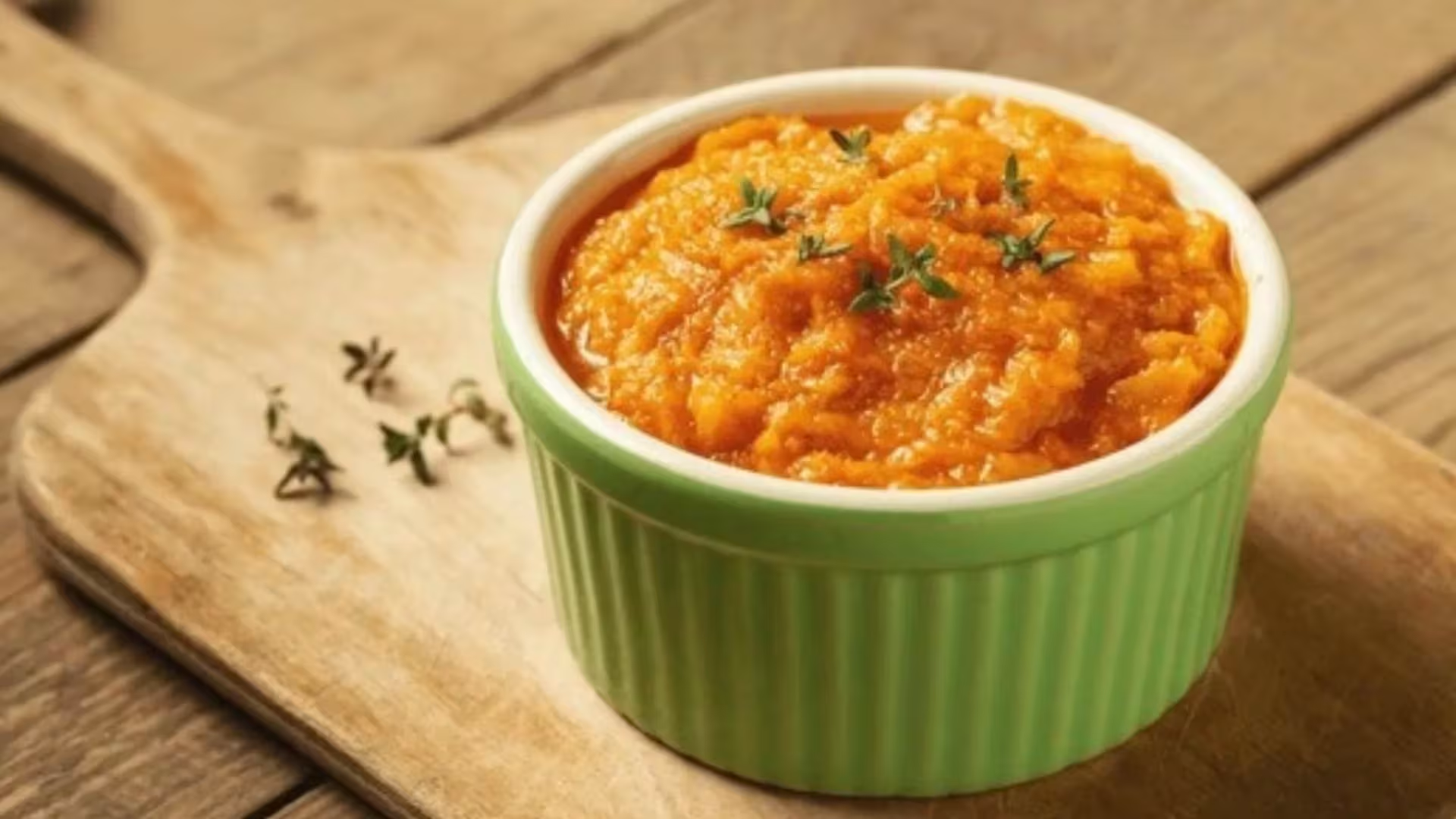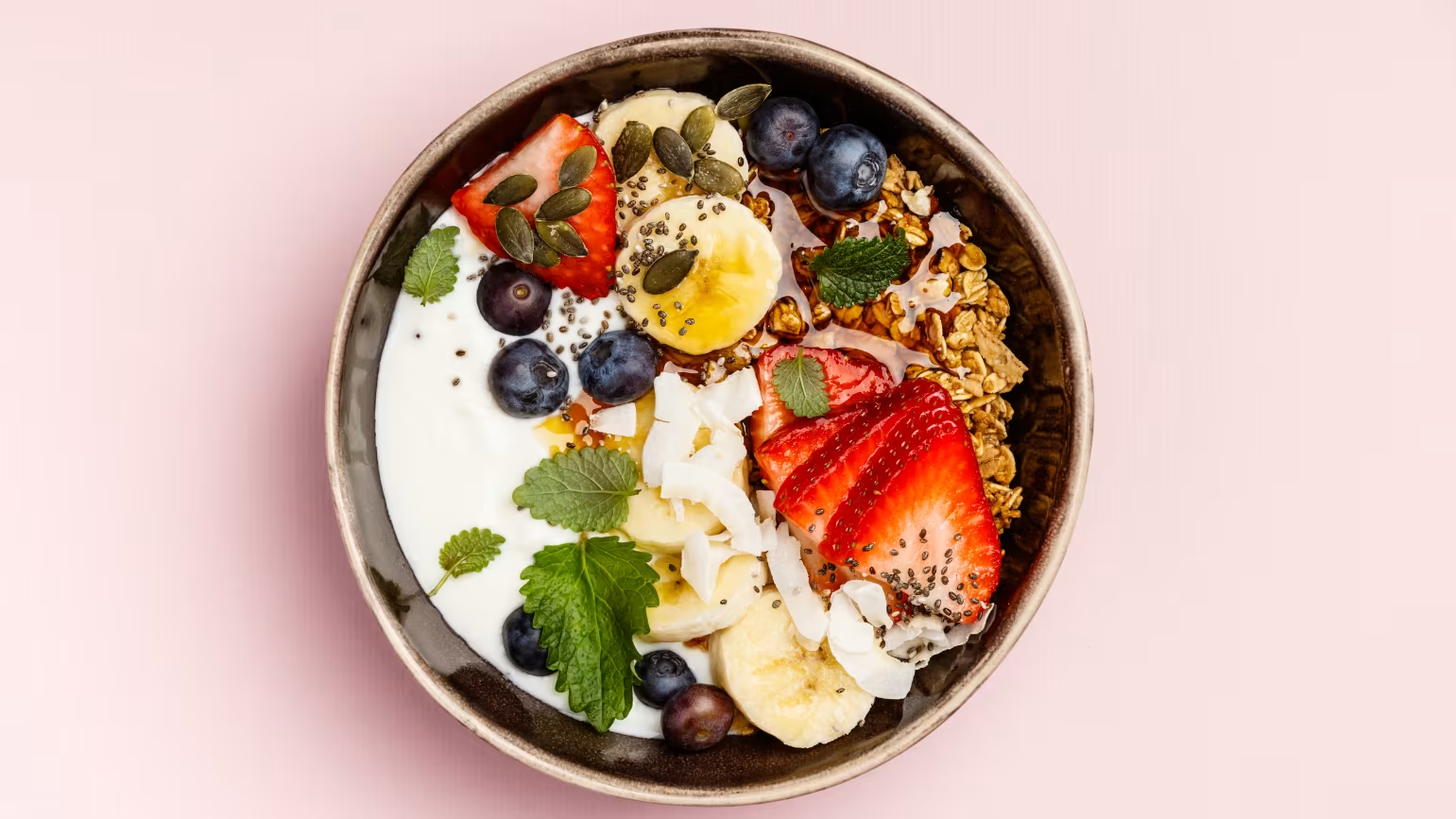
Deliciously Pure: Easy Sattvic Recipes for a Healthy Lifestyle
Written by Jessica Lopez
Published at 09-12-2022
Edited on 03/24/2025 | 04:55 AM
Vegetarian RecipesCourse: Main Course
Cuisine: Indian
Difficulty: Easy
Servings
4 servings
Prep Time
15 minutes
Cooking Time
30 minutes
Total Time
45 minutes
Fat
10g
Protein
8g
Carbs
40g
Calories
300 kcal
Welcome to the world of sattvic recipes, where purity, balance, and wholesome nutrition come together to nourish both body and mind. Rooted in ancient Ayurvedic principles, sattvic cooking emphasizes fresh, organic ingredients that promote clarity and lightness. These recipes are not just meals; they are a way to connect with your inner self while enjoying the flavors of nature.
Sattvic foods are typically vegetarian, avoiding overly spicy, processed, or preserved ingredients, focusing instead on the vibrant and natural tastes of fruits, vegetables, grains, and legumes. What makes sattvic recipes so appealing is their simplicity and the health benefits they offer. By choosing sattvic meals, you're opting for a lifestyle that encourages mindfulness and well-being. Whether you’re looking to detox your diet, enhance your spiritual practices, or simply enjoy delicious food, these recipes will provide the perfect foundation. In this blog, we’ll explore a variety of easy-to-make sattvic recipes that you can incorporate into your everyday life.
From nourishing soups to delightful desserts, each dish is designed to be not only wholesome but also bursting with flavor. So, if you’re ready to embark on a culinary journey that aligns with your health goals and spiritual aspirations, join me as we dive into the art of sattvic cooking. Let’s celebrate the joy of cooking with pure and simple ingredients that uplift our spirits and awaken our senses!.


